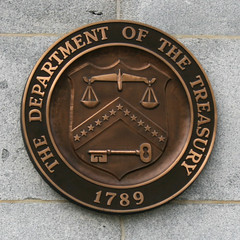You’ve done your taxes and now you’ve got a huge balance due. You have two problems—one is figuring out how to pay now, and the other is how to not owe next year. Today we’re looking at how not to owe next year.
If you have a regular job where your employer withholds your state and federal income taxes (plus your social security and medicare) then your problem is that you just didn’t withhold enough from your paycheck. The most common problem is claiming more exemptions than you’re entitled to. If you’re single with no house, no kids, etc, you should be claiming single with one exemption. I’m amazed at how often people come to me because they don’t understand why they owe, but they’ve claimed 10 exemptions when they have no deductions whatsoever.
Let’s say you’ve got the spouse, kids and mortgage—once again, you probably still claimed too many exemptions. I find that people overdo it on the personal allowances worksheet. If you’re married and filing “jointly”, then don’t put a one in the “head of household” box. If your income doesn’t fall within the right parameters, don’t claim that extra exemption for the child tax credit. When I’m examining these forms, I often find that couples checked boxes that they should have left blank.
Most importantly with married couples, if one spouse is the main wage earner that spouse should claim the exemptions and the spouse with the lower income should claim 0 exemptions. That should put you back on track.
People with multiple jobs are in the most danger of not withholding enough. Let’s say you’ve got two part-time jobs instead of one full time job. Individually, if one of those jobs was your only income, your tax rate would be fairly low, maybe the 10 to 15% tax bracket. But combined, your jobs put you in the 25% or more tax bracket. Even if you set your withholding rate at single with 0 exemptions, you wouldn’t have withheld enough. If that’s your situation, you’ll need to have extra withheld from our wages.
The best way to figure out how much to withhold is to use the IRS withholding calculator. Grab your latest pay stubs and your recent tax return and go to this website: http://www.irs.gov/individuals/page/0,,id=14806,00.html It’s the best way to figure out how much you really need to withhold to have a zero balance due. If you want a refund next year, you’ll need to claim less exemptions (or withhold more from your paycheck) than this site recommends.
My next post will be about how to figure an estimated tax payment.

